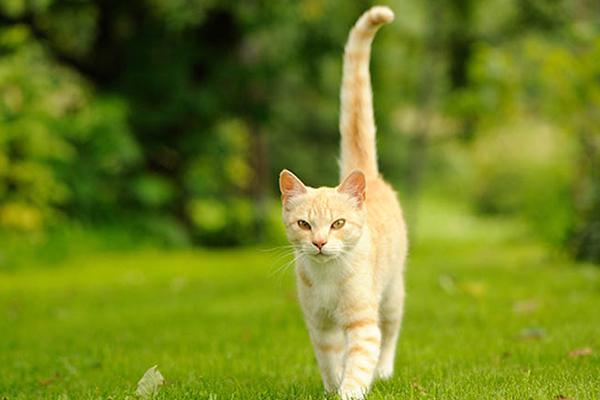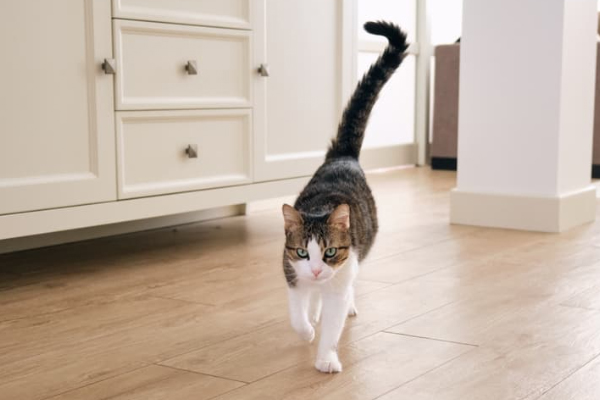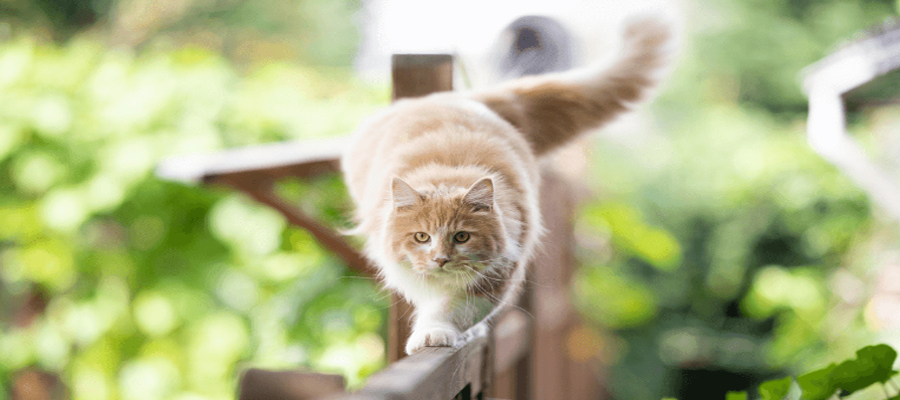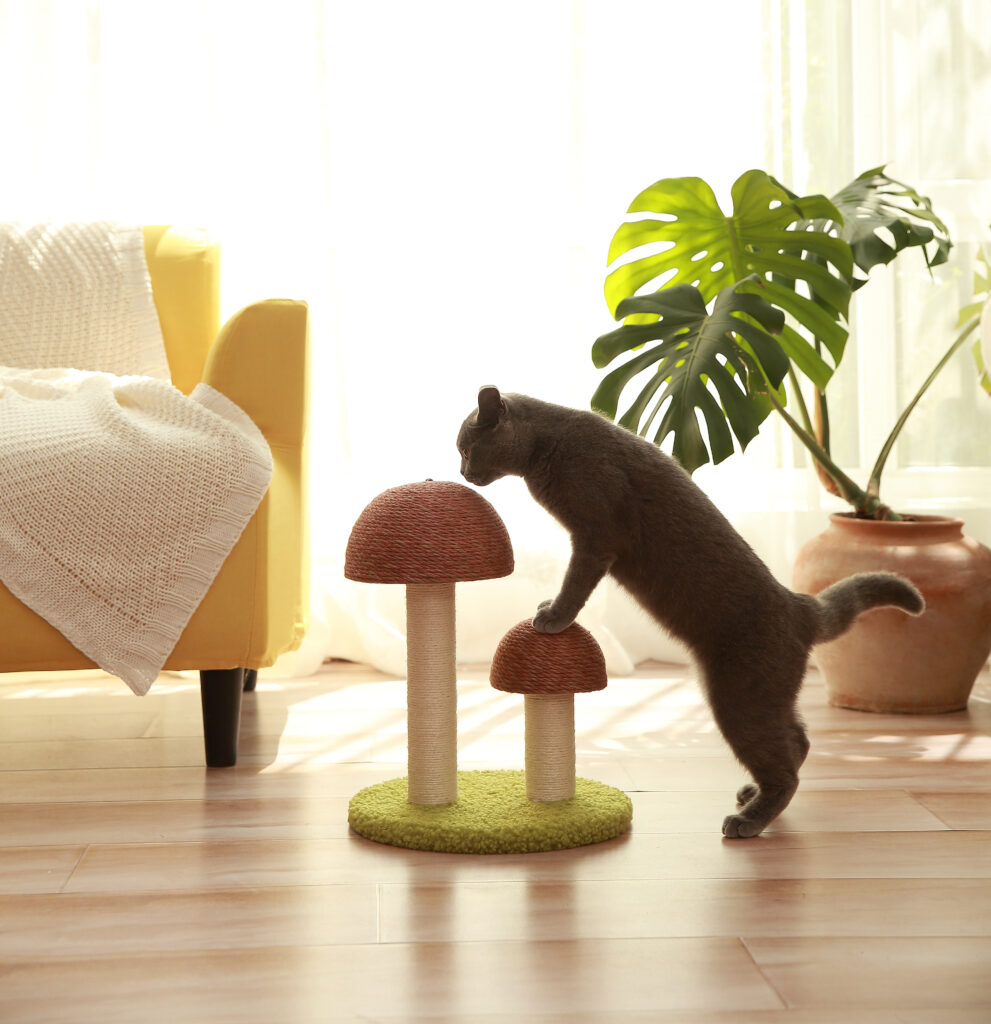The unique ways a cat’s tail helps maintain feline equilibrium, allowing them to perform their acrobatic feats with precision and grace.
Before delving into the role of a cat’s tail in maintaining balance, let’s briefly explore the anatomy of this remarkable appendage. A cat’s tail is an extension of its spine and consists of several vertebrae, muscles, and tendons. While the number of vertebrae can vary, most cats have around 19 to 23, making it a flexible and expressive part of their body.
The tail is equipped with a network of muscles and tendons that allow it to move in various directions. These muscles, like the tensor fasciae latae, are responsible for controlling the tail’s movement and positioning.
A cat’s tail is rich in nerve endings, making it highly sensitive. These nerves transmit information to the cat’s brain, allowing them to sense their tail’s position, movement, and the environment around it.
Now, let’s explore how these tail components work together to help a cat maintain balance.

Counterbalancing
One of the primary functions of a cat’s tail in maintaining balance is counterbalancing. When a cat makes a rapid movement, such as jumping or running, its tail moves in the opposite direction to counterbalance the motion. This counterbalancing action helps the cat distribute its weight evenly and prevents it from falling over.
Imagine a cat leaping from a high perch. As the cat propels itself forward and upward, its tail extends out behind it, acting as a counterbalance to the movement. This counterbalancing action is crucial for landing safely on its feet, as cats are known for their incredible “righting reflex,” enabling them to reorient themselves mid-air and land gracefully.
Enhancing Agility
Cats are renowned for their agility, which is partly thanks to their tails. The flexibility of a cat’s tail allows it to perform intricate movements that contribute to its overall balance. For example, when a cat is walking along a narrow ledge, the tail will often move in sync with the cat’s body to help it maintain equilibrium.
The tail also plays a crucial role when a cat is navigating through tight spaces. In these situations, the cat’s tail may be used to brace against objects, providing stability as the cat squeezes through openings or maneuvers around obstacles.

Aiding in Hunting
Cats are natural hunters, and their tails play a role in this aspect of their lives as well. When stalking prey, a cat’s tail may remain low and still, concealing its presence and preventing any sudden movements that could alert potential prey.
However, when the cat is ready to pounce, its tail will typically flick or twitch subtly. This movement is part of the cat’s strategy to capture its prey by distracting it and then making a quick, precise strike.
In this way, the cat’s tail is not just a tool for balance but also an essential part of its hunting techniques.
Temperature Regulation
Cats also use their tails for temperature regulation. The tail is an area with a high concentration of blood vessels, which means it can help dissipate heat from the cat’s body when it’s warm. When a cat is feeling hot, it may raise its tail to increase airflow and aid in cooling down.
Conversely, when it’s cold, a cat might tuck its tail closer to its body to conserve heat. This ability to adapt the position of the tail based on temperature helps the cat maintain its internal comfort.

Assessing Health
A cat’s tail can serve as an indicator of its overall health. Changes in the tail’s appearance or behavior, such as swelling, pain, or loss of movement, can signal underlying medical issues. If you notice any unusual tail-related symptoms in your cat, it’s essential to consult with a veterinarian promptly to address potential health concerns.
A cat’s tail is a marvel of nature, serving multiple functions that contribute to the feline’s graceful agility and balance. From counterbalancing to communication and hunting, the tail is a versatile tool that enhances a cat’s ability to navigate its environment and adapt to different situations.
Understanding the significance of a cat’s tail in maintaining equilibrium allows us to appreciate the intricacies of these enigmatic creatures even more. Next time you observe a cat gracefully leaping or delicately walking along a narrow ledge, take a moment to marvel at the role their tail plays in these extraordinary feats.



